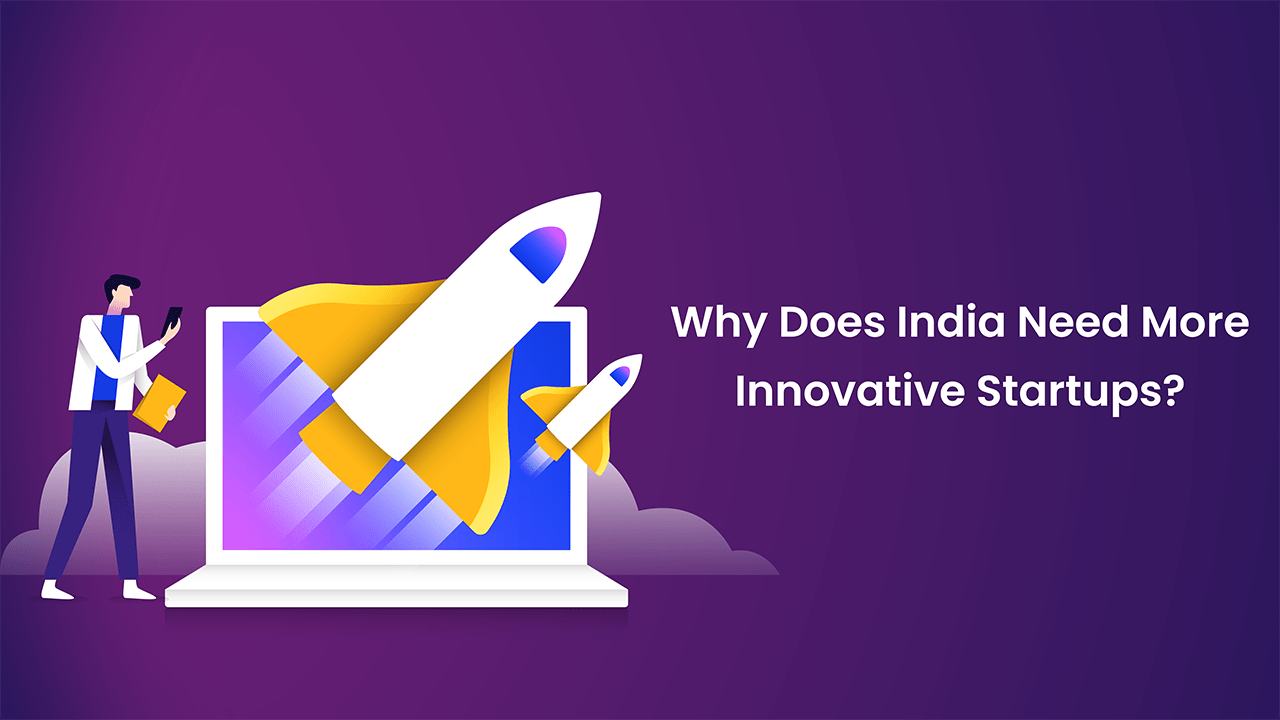Applications that run on a decentralized network, such as a blockchain, are referred to as decentralized apps, or DApps. These apps are becoming increasingly popular since they provide direct, secure, and transparent user interactions. DApp creation can be a challenging procedure that calls for knowledge of blockchain technology and smart contracts. BrainerHub Solutions, the leading blockchain development company in India, can help you with your decentralized app development requirements.
DApps run on a distributed network without a single central point of control, in contrast to traditional applications, which are centralized and managed by a single body. It thus gives users more authority over their information and assets and increases their resistance to hackers and censorship. In this blog, we’ll talk about the significance of DApps and how BrainerHub Solutions can help with decentralized app development.

The Importance and Benefits of DApps
Enhanced security for data processing and transactions is one of the most critical advantages of DApps. A decentralized network eliminates the possibility of a single system failure, reducing the potential for intruders to corrupt data. This additional security is highly advantageous for sectors like banking, healthcare, and e-commerce, where secure communications are essential.
DApps’ promise to provide consumers more autonomy over their data by eliminating the need for intermediaries, DApps can provide consumers more direct access to data and interactions. By doing so, the likelihood of fraud or mistakes can be decreased, and transparency can be increased.
DApps can also offer solutions that are more effective and affordable. DApps can eliminate the need for mediators with automated intelligent contracts, saving time and capital. It could be enormously beneficial in sectors like real estate, where middlemen like attorneys and realtors can add many costs.
Critical Components of a DApp
- Decentralized Network: A DApp runs on a decentralized network, such as a blockchain, which enables safe and open data storage and communication without the need for intermediaries.
- Smart Contracts: Self-executing contracts, smart contracts include the DApp’s rules and regulations. They are kept on the blockchain and are written in a computer language like Solidity.
- User Interface: In order for users to engage with the DApp, there must be a user interface. A web or mobile application that joins the decentralized network is acceptable.
Steps Involved in Building a DApp
- Define the Problem: Finding the issue that app will tackle is the first stage of developing a DApp. You must have a solid grasp of the usage scenarios for your DApp, your target market, and the issues it will address. Also, you must study your rivals to spot market inefficiencies and determine how your DApp may offer a distinctive value proposition.
- Choose the Blockchain Platform: After defining the issue, you must select the blockchain platform for developing your DApp. DApps may be built on several blockchain systems, including Hyperledger, EOS, and Ethereum. You should choose the platform that best meets your needs because each has unique strengths and drawbacks.
- Create the Smart Contracts: Self-executing computer programs known as smart contracts that are stored on the blockchain and specify the DApp’s laws and regulations. They are automatically run when certain circumstances are satisfied and are programmed in a programming language like Solidity. The smart contracts that will control how people interact on the DApp must be created. Smart contracts should be designed with both security and efficiency in mind.
- Create the user interface: The user interface, or UI, is part of your DApp that users will interact with. A web or mobile application that connects to the decentralized network might serve as the Interface. It should be simple to use and offer consumers a smooth user experience. The UI should also be integrated with the smart contracts to guarantee that interactions on the DApp are safe and open.
- Test and Deploy: You must extensively test the DApp to ensure it operates as planned after designing the smart contracts and user interface. For manual testing of the user interface and the automatic testing of the smart contracts’ accuracy, respectively. You can deploy the DApp on the selected blockchain platform as soon as you are pleased with the testing results.
- Maintenance and Upgrade: To keep DApps safe and effective, they need constant upkeep and improvements. Update the user interface and smart contracts often to improve the user experience. Also, you want to monitor the DApps’ effectiveness and pinpoint its weak points.
BrainerHub Solutions Decentralized App Development
BrainerHub Solutions is a leading software development company in India specializing in blockchain development. Our team of professionals can help with decentralized app development, offering customers specialized solutions that address their unique demands. We help our clients develop safe and effective interchange systems on a decentralized network with the support of peerless blockchain competence in smart contract creation. We offer secure and transparent decentralized app development services that assist our customers in revolutionizing their businesses.
If you are interested in building a DApp, BrainerHub Solutions is the best choice. With years of experience and expertise in blockchain development, we can provide you with custom solutions that meet your specific needs.

Conclusion
Decentralized applications are an important technological advancement that can provide secure and transparent interactions. Building a DApp can be complex, requiring expertise in blockchain technology and smart contract development. BrainerHub Solutions, the best blockchain development company, can assist with decentralized app development, providing custom solutions that meet your needs.
Contact us today to learn how we can help revolutionize your industry with DApps.




